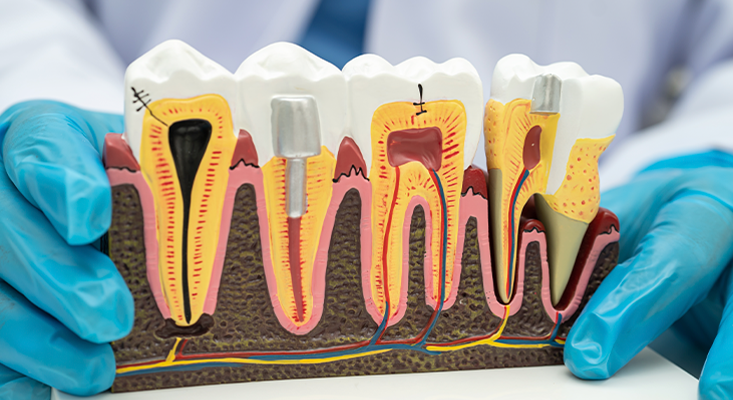
A healthy and strong jawbone is essential for successful dental implant placement. However, due to tooth loss, gum disease, trauma, or aging, some patients experience significant bone loss in the jaw, making implant treatment challenging or even impossible without prior bone regeneration. At LHC Clinic, we specialize in bone grafting procedures that restore lost bone tissue, ensuring a stable and secure foundation for dental implants and other prosthetic treatments. Our use of advanced grafting materials and techniques allows us to offer patients predictable and long-lasting results. Bone grafting is a surgical procedure that rebuilds or augments the bone in areas where it has been lost or resorbed. The graft provides a scaffold for the body to naturally generate new bone over time, strengthening the area for implant placement or other restorations. At LHC Clinic, we select the most appropriate material based on your individual needs, health condition, and treatment plan. Q: Is bone grafting painful? Q: How long do I need to wait before placing an implant? Q: Are bone grafts safe? Bone grafting is a crucial preparatory procedure for patients with bone deficiencies who desire dental implants or improved oral function. At LHC Clinic, our experienced team uses state-of-the-art techniques and materials to rebuild your jawbone, allowing for stable, long-lasting, and aesthetic implant restorations. If you are concerned about bone loss or wish to learn more about bone grafting options, schedule your personalized consultation at LHC Clinic, and let us help you regain your smile with confidence.Bone Graft: Building the Foundation for Strong Dental Implants
What is Bone Grafting in Dentistry?
When is Bone Grafting Necessary?
Types of Bone Grafting Techniques at LHC Clinic
Performed immediately after tooth extraction.
Prevents bone loss and prepares the site for future implant placement.
Adds bone to the upper jaw near the maxillary sinuses.
Allows safe placement of implants where natural bone height is insufficient.
Rebuilds bone width or height in cases of severe bone resorption.
Often used when implants are placed in the aesthetic zone.
Using a solid block of bone from the patient or donor source.
Provides maximum volume increase and stability in complex cases.Grafting Materials We Use at LHC Clinic
The Bone Grafting Procedure at LHC Clinic
Through 3D digital imaging and CBCT scans, we accurately evaluate the bone deficiency and plan the graft.
Under local anesthesia or sedation, the graft material is carefully placed in the targeted area.
Over several months (typically 4 to 6 months), the body naturally integrates the graft, forming a new, healthy bone.
Once the bone has regenerated sufficiently, dental implants can be safely placed, ensuring long-term stability.Benefits of Bone Grafting at LHC Clinic
Frequently Asked Questions
A: The procedure is performed under local anesthesia or sedation, ensuring comfort. Mild swelling or discomfort post-surgery is normal and easily managed with medications.
A: Typically, 4 to 6 months, depending on the type of graft and area treated. In some cases, immediate implant placement is possible.
A: Yes. At LHC Clinic, we use safe, sterile, and high-quality grafting materials, ensuring biocompatibility and predictable outcomes.
-
 Countries Sending Dental Tourists to Turkey the Most in 2025
Countries Sending Dental Tourists to Turkey the Most in 2025<!-- Premium Section: Turkey as a Top Dental Tourism Destination --> <section... Click for details
-
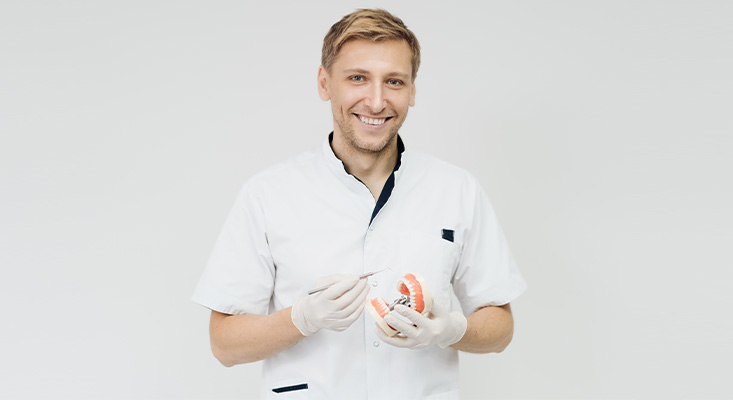 Why Turkey Has Become a Top Destination for Dental Treatments
Why Turkey Has Become a Top Destination for Dental Treatments<style> .premium-section { font-family: 'Inter', sans-serif; background:... Click for details
-
 Smile Makeover in Turkey: What to Expect at LHC Clinic
Smile Makeover in Turkey: What to Expect at LHC Clinic<style> .premium-section { font-family: 'Inter', sans-serif; background:... Click for details
-
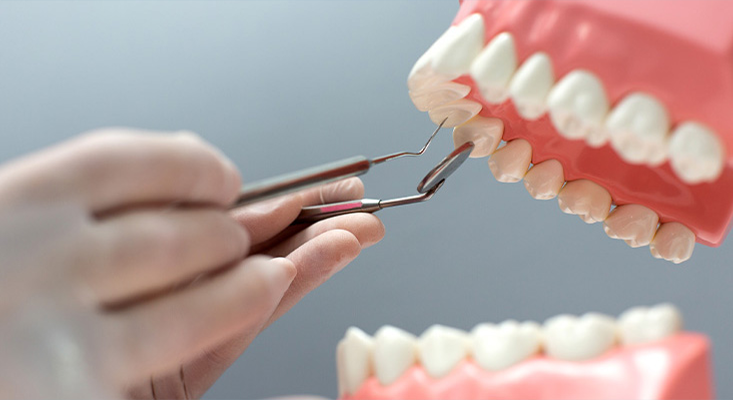 Tooth Extraction vs. Surgical Tooth Extraction: What Patients Should Know
Tooth Extraction vs. Surgical Tooth Extraction: What Patients Should Know<!-- Premium Section: Tooth Extraction at LHC Clinic --> <section class="... Click for details
-
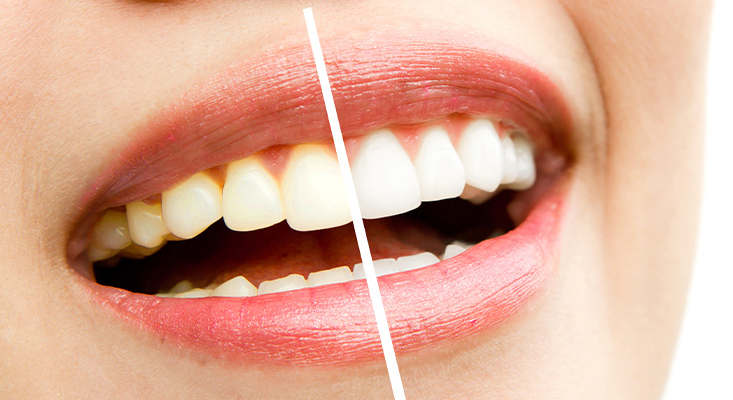 Teeth Whitening: Safe, Effective, and Long-Lasting Solutions at LHC Clinic
Teeth Whitening: Safe, Effective, and Long-Lasting Solutions at LHC Clinic<style> .premium-section { font-family: 'Inter', sans-serif; background:... Click for details
-
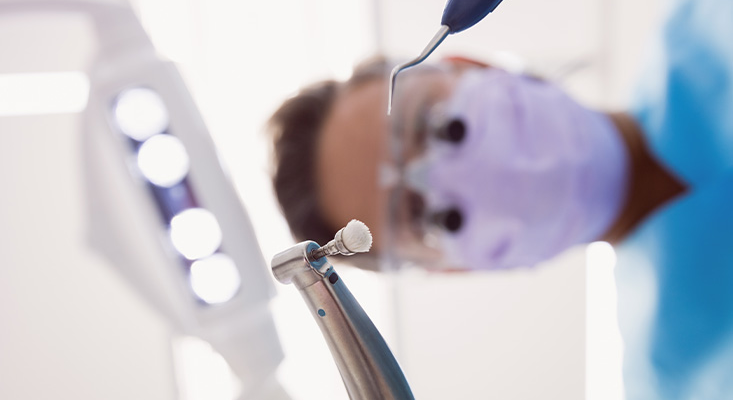 Dental Curettage: How It Saves Your Gums from Periodontal Disease
Dental Curettage: How It Saves Your Gums from Periodontal Disease<style> .premium-section { font-family: 'Inter', sans-serif; background:... Click for details
-
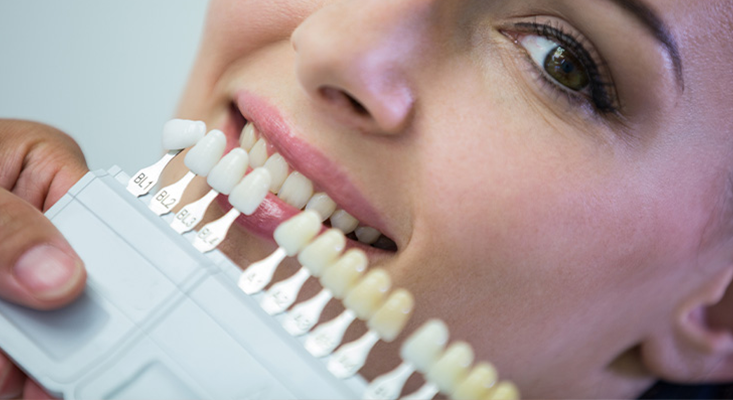 Zirconium Crowns (Zirconia): The Future of Natural-Looking, Long-Lasting Dental Restorations
Zirconium Crowns (Zirconia): The Future of Natural-Looking, Long-Lasting Dental Restorations<style> .premium-section { font-family: 'Inter', sans-serif; background:... Click for details
-
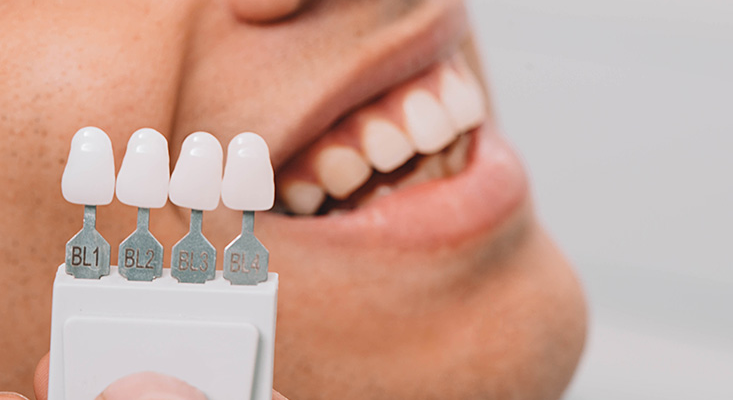 Porcelain Crowns: When Is This Classic Option Still the Best Choice?
Porcelain Crowns: When Is This Classic Option Still the Best Choice?<style> .premium-section { font-family: 'Inter', sans-serif; background:... Click for details
-
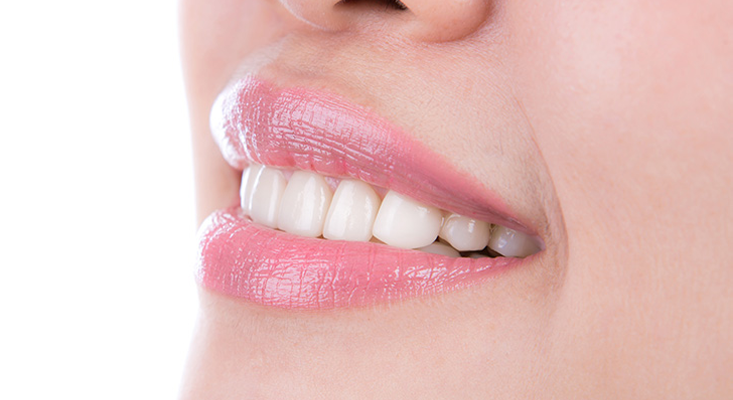 Lamine E-Max Veneer: The Premium Choice for Perfect Smile Makeovers
Lamine E-Max Veneer: The Premium Choice for Perfect Smile Makeovers<style> .premium-section { font-family: 'Inter', sans-serif; background:... Click for details
-
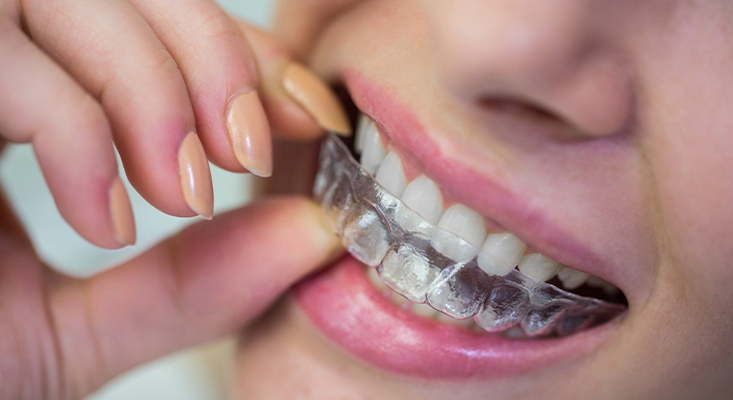 Night Guard (Soft and Hard Types): Protect Your Smile from Unseen Damage
Night Guard (Soft and Hard Types): Protect Your Smile from Unseen Damage<section class="premium-section"> <style> .premium-section { font... Click for details
